When I had a Percutaneous Coronary Intervention (PCI), I thought recovery would be simple — go home, rest, and get on with life. But I quickly learned that surgery was only the beginning. Recovery wasn’t just about repairing my heart in the operating theatre. It was about changing how I lived every single day.
Understanding PCI and heart disease in Malaysia
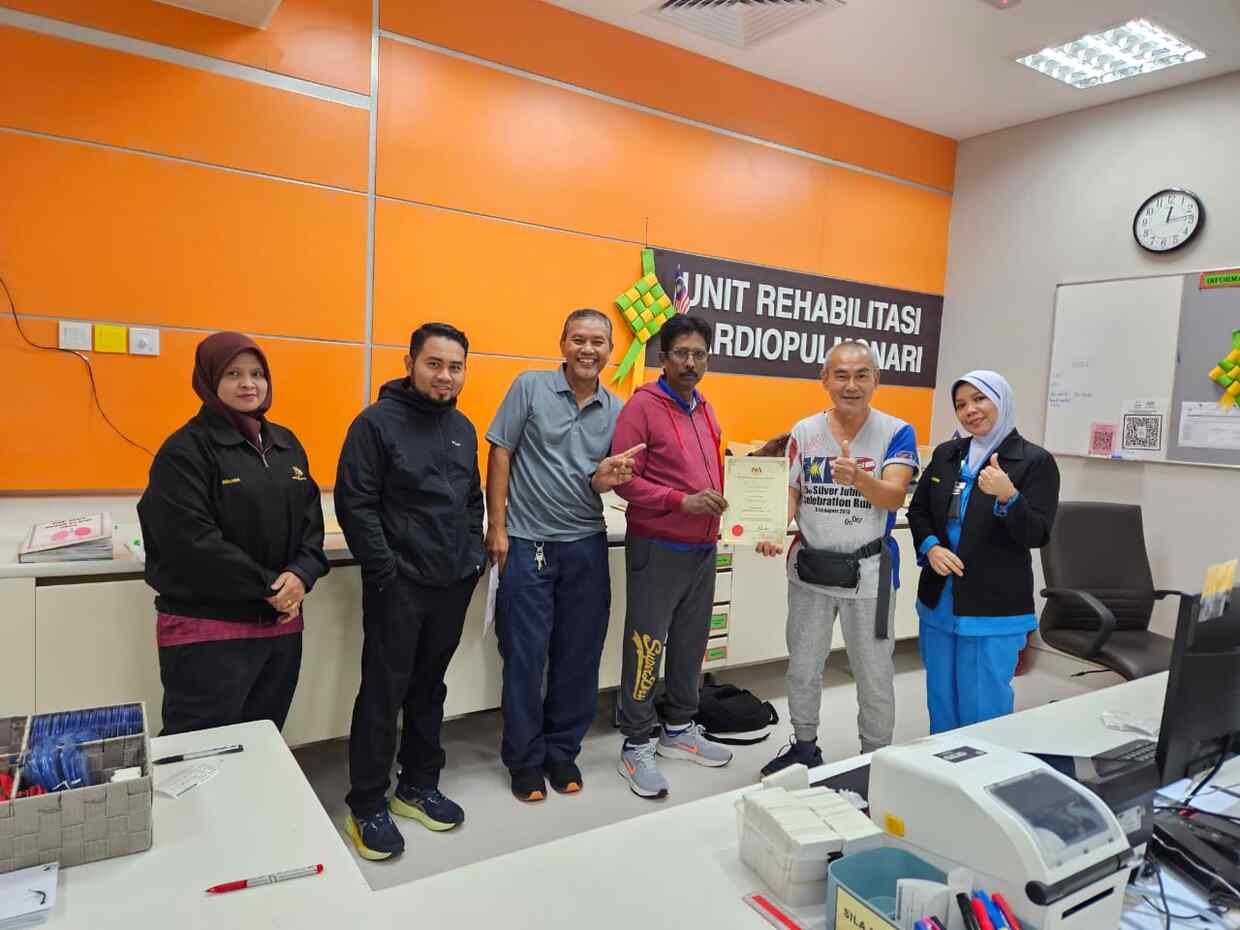
PCI, or Percutaneous Coronary Intervention, is a procedure where doctors open up clogged heart arteries using a tiny balloon and a stent. It’s like fixing a blocked pipe — once the blood flows normally again, the heart can function better, and recovery is usually faster than with major surgery.
But heart disease is still Malaysia’s number one killer. Every hour, five Malaysians are admitted to hospitals due to ischemic heart disease. Ministry of Health data shows that admissions rose from 90,822 in 2022 to 100,986 in 2023. While deaths fell slightly from 20,382 to 18,121, the numbers are still worrying. High cholesterol affects about a third of Malaysian adults, and half of them don’t even know it. That’s why early detection, prevention, and structured rehabilitation programmes are so important.
Journey through Cardio-Pulmonary Rehabilitation
At Hospital Sultan Idris Shah Serdang, I was fortunate to join the Cardio-Pulmonary Rehabilitation Program (CRP). Before starting, I underwent a comprehensive medical assessment — from blood tests and ECGs to stress tests and even mental health screening. The team wanted to understand me as a whole person, not just my heart condition.
The programme itself was nothing like a regular gym session. Over six weeks, we followed a mix of:
- Exercise sessions: Walking, cycling, treadmill workouts, light strength training, and balance exercises.
- Educational talks: Learning about cardiology, nutrition, medications, and managing stress.
- Relaxation sessions: Guided breathing, meditation, and aromatherapy in a calming lavender-scented room.
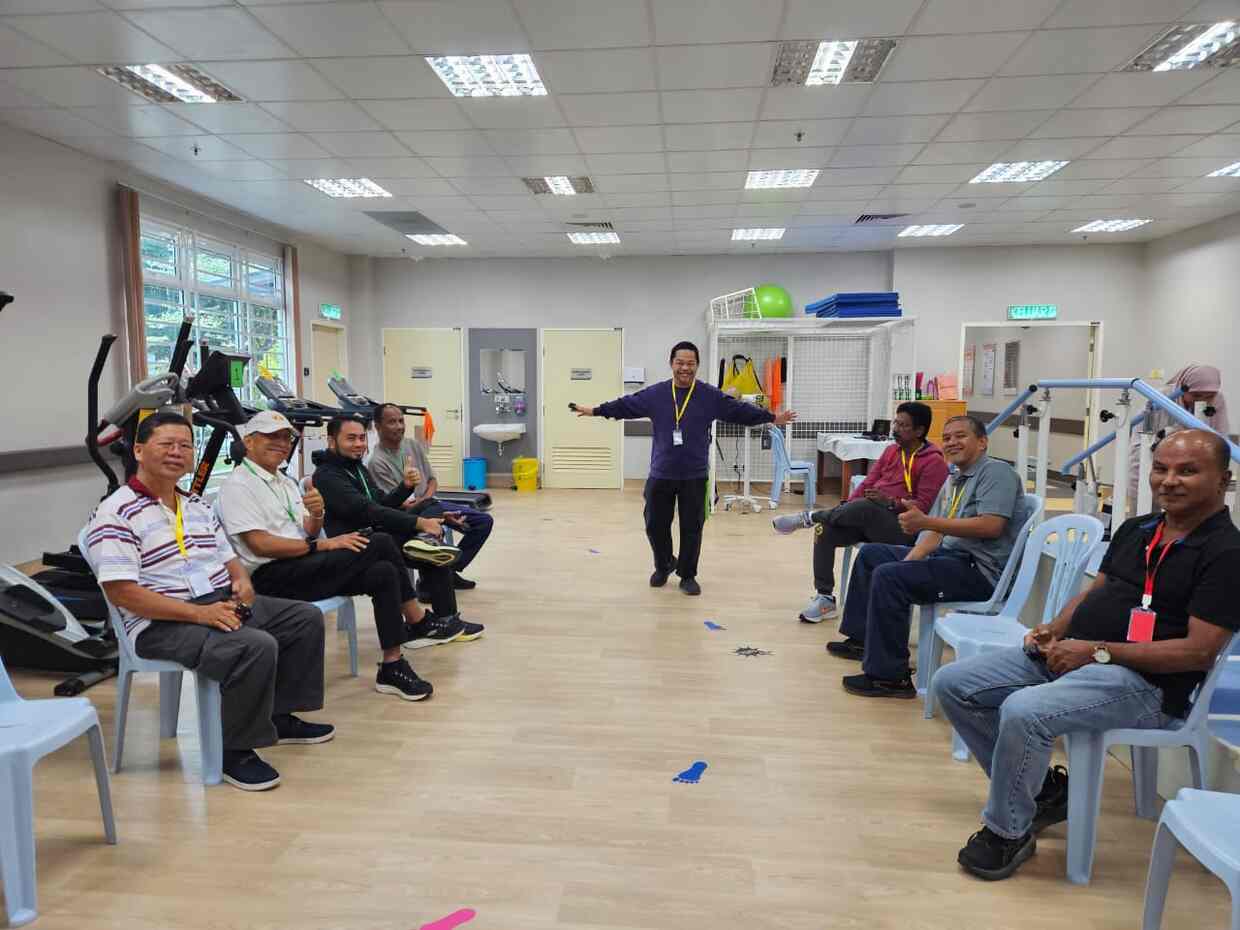
One of the best parts was meeting other patients. We shared our struggles, laughed at our small victories, and even joked that cooking and ironing counted as cardio. Those moments of camaraderie made the journey less daunting and more human.
The educational sessions were especially valuable. I finally understood why heart medications matter, how simple dietary changes can keep cholesterol in check, and how stress directly affects the heart. Everyday tasks — cooking, cleaning, walking — became easier as I regained strength.
A fresh start and lasting impact
At the end of the programme, we had a photo session with the physiotherapists, nurses, and rehab specialists who guided us. The certification ceremony was simple, but receiving my Certificate of Completion, signed by the unit Ketua Pengarah, felt like a true milestone. It wasn’t just paper — it was a symbol of a healthier, more conscious life ahead.
Since finishing the CRP, I feel stronger, more energetic, and in control of my health. I’ve made lifestyle changes in my diet and exercise routine, and I’ve learned how to manage stress better. Most importantly, I no longer see myself as a patient defined by heart disease, but as someone who has taken charge of his recovery.
To anyone recovering from heart surgery, my advice is this: take it step by step, listen to your medical team, and if you have access, join a rehabilitation programme like CRP. It really does make a difference.
Heart disease may still be Malaysia’s top killer, but with the right support and commitment, recovery is not only possible — it can be life-changing.


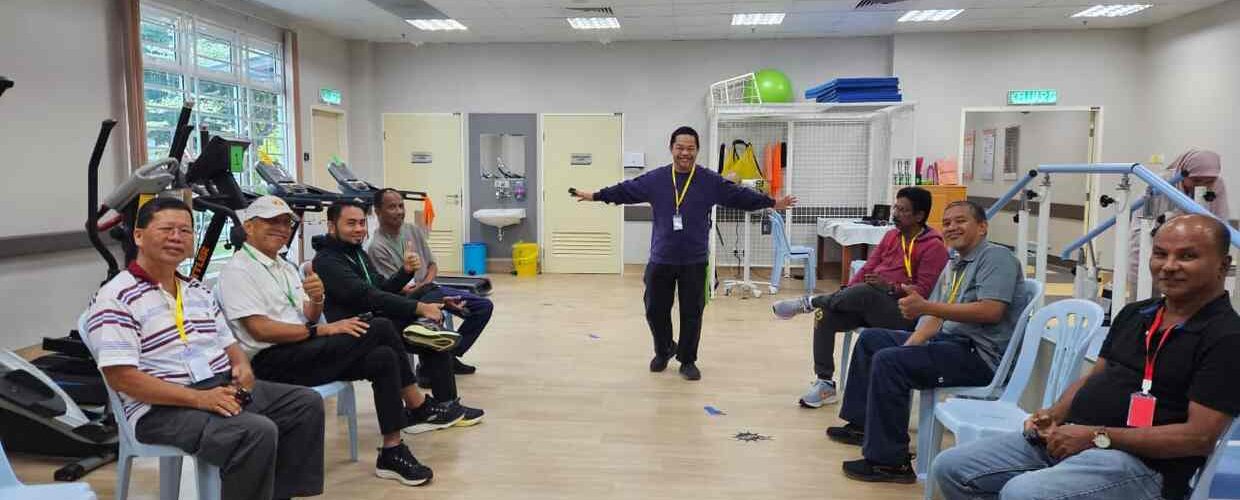

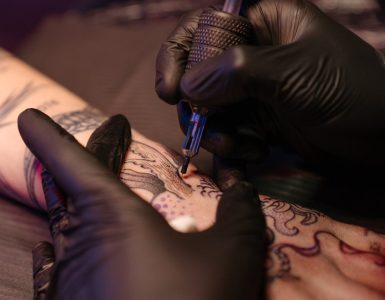

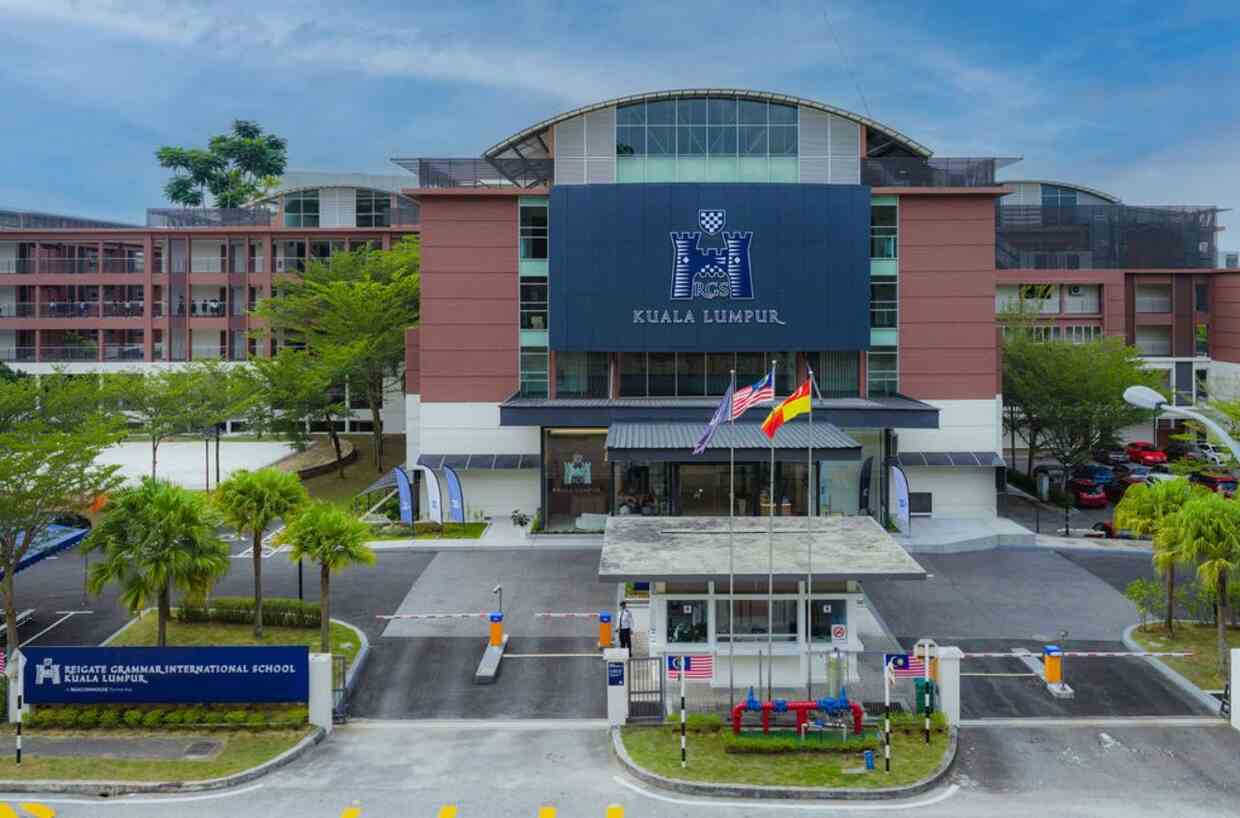
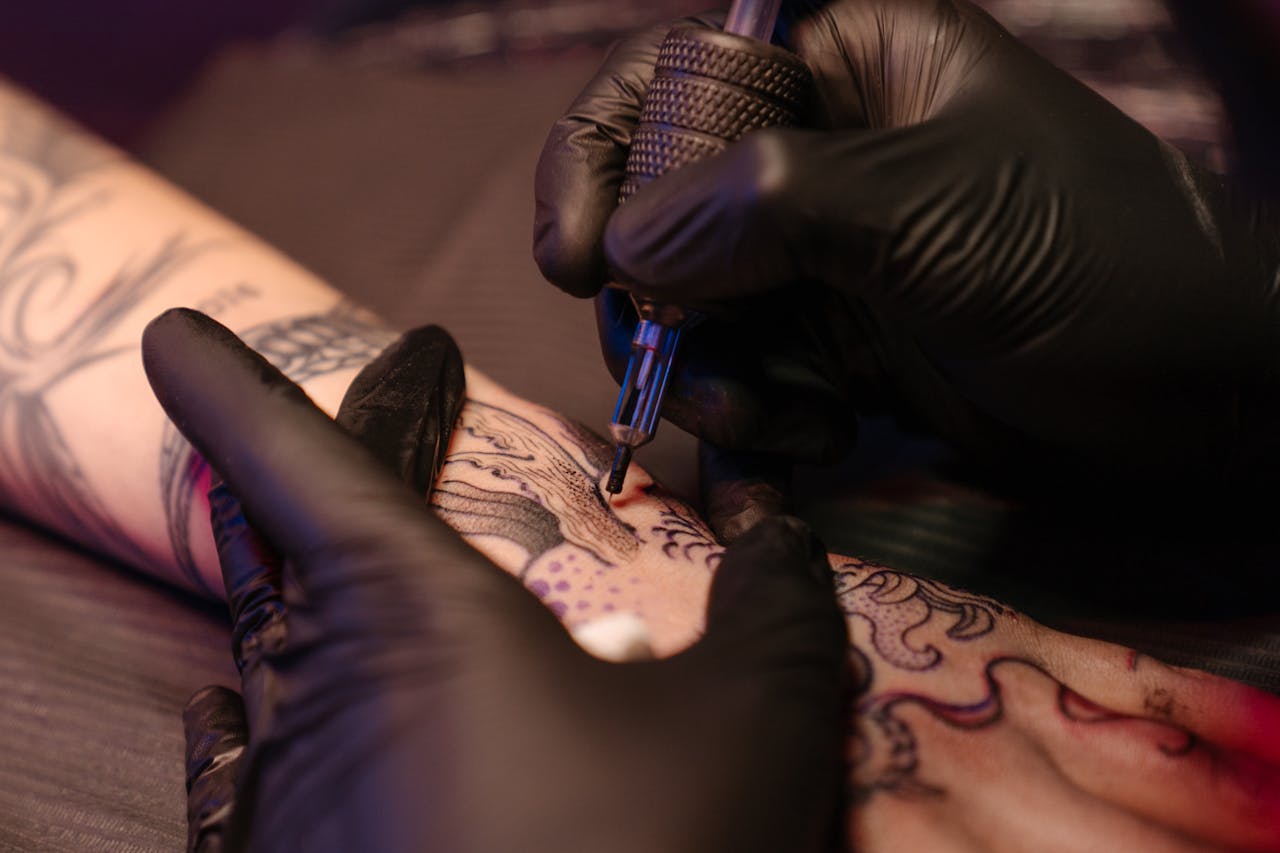

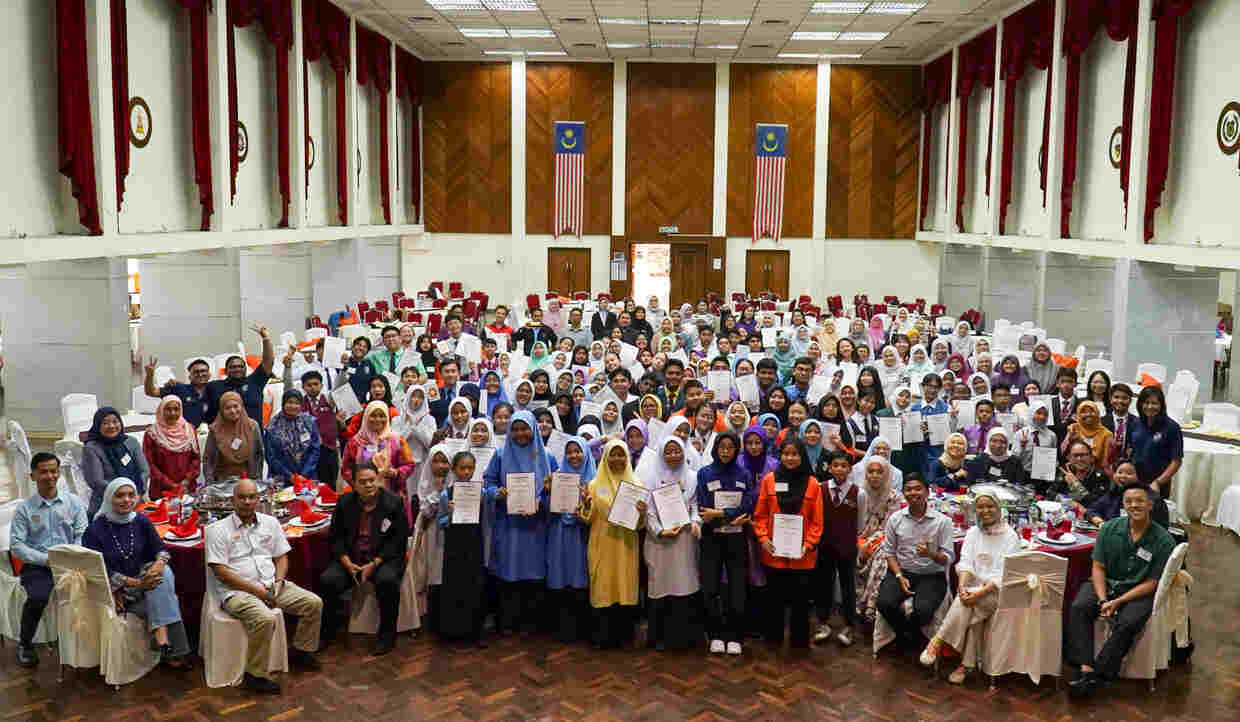
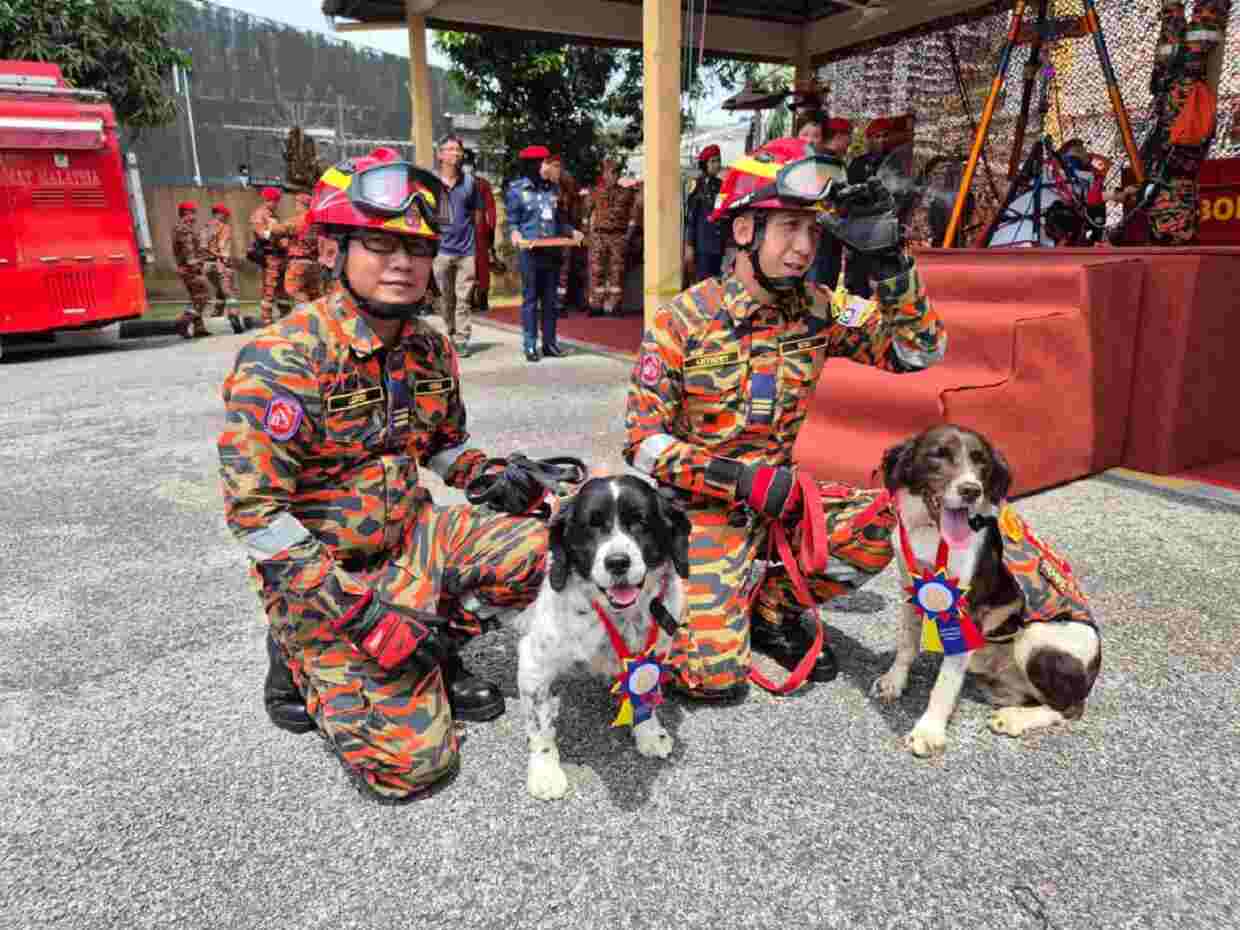

Add comment